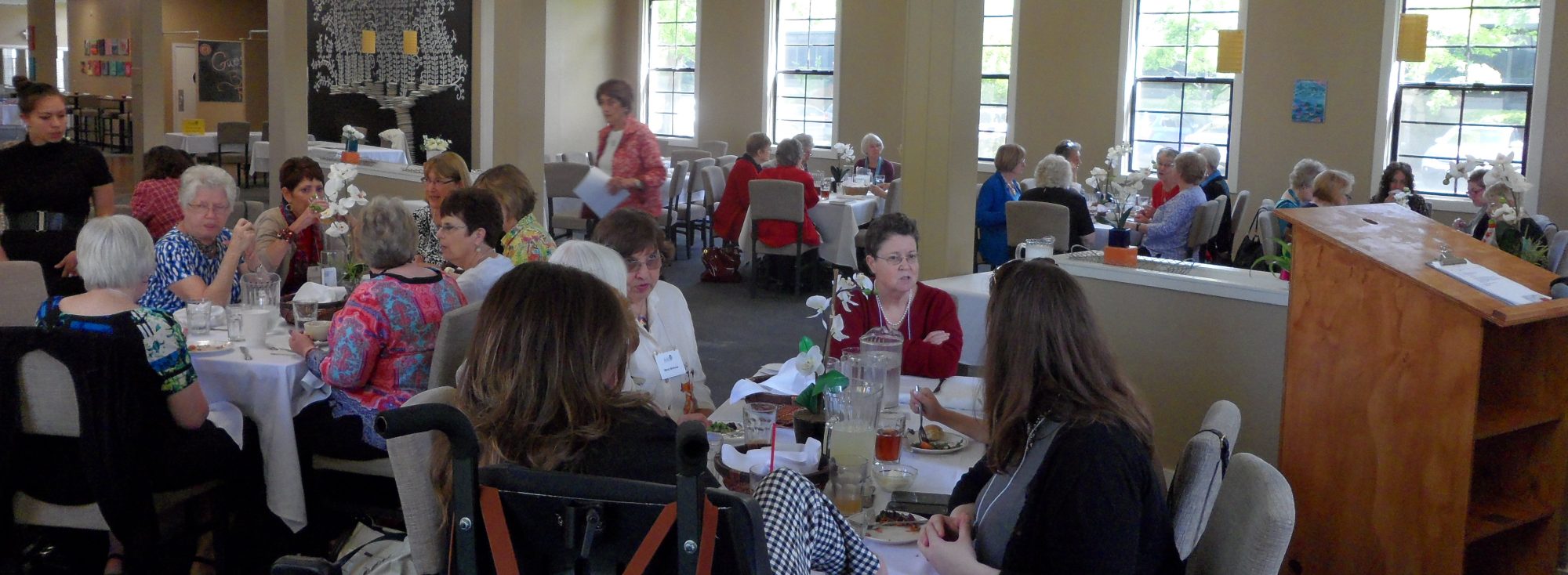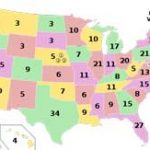Our public policy committee has assembled some facts, history and thoughts from professors and
Sacramento Bee reporting on the Electoral College. As this recent election reminds us, this institution created in the 1700s has enormous influence on both our presidential elections and the makeup of the House.
While it is not unprecedented to have a president lose the popular vote — the most recent being George W. Bush losing the popular vote in 2000 — it is uncommon. All previous presidents who have lost the popular vote are: John Quincy Adams to Andrew Jackson, Rutherford B. Hayes to Samuel J. Tilden, Benjamin Harrison to Grover Cleveland and George W. Bush to Al Gore.
“Slavery played a role as the Southern Delegates attending the 1787 Constitution convention thought the south would be outnumbered (from James Madison’s Notes). A 3/5th Compromise was devised that allowed states to count each slave as 3/5 a person, thus ensuring a south majority in presidential elections.” ~ Sacramento Bee 11/11/16 1B
The number of electoral votes is based on each state’s congressional delegation. Each state has two senators. Rural states with less population get more influence. Equal representation in the Senate is the only provision in the Constitution that cannot be amended.
The 1920 census showed that more people lived in urban rather than rural areas. In 1790, 95% of the population was rural. The 2010 census indicate that the rural population was less than 20%.
“By the mid-20th century, no state approximated majority rule…America at the time had some of the most unequal representation in the world. A series of Supreme Court decisions established the standard that representation means, ‘one person, one vote’ “~ Sacramento Bee circa 11/21/16 1B
By design our political institutions still have distinctly a pro-rural bias. “In the Senate, the least populous states are now more over represented than ever before…equaling a Republican bias. States containing just 17% of the population can theoretically elect a Senate majority. The bias also shapes the House of Representatives.” ~ Professor F. Lee
As the Sacramento Bee noted on December 16, 2016, “there have been more them 700 proposals to abolish the Electoral College.”

